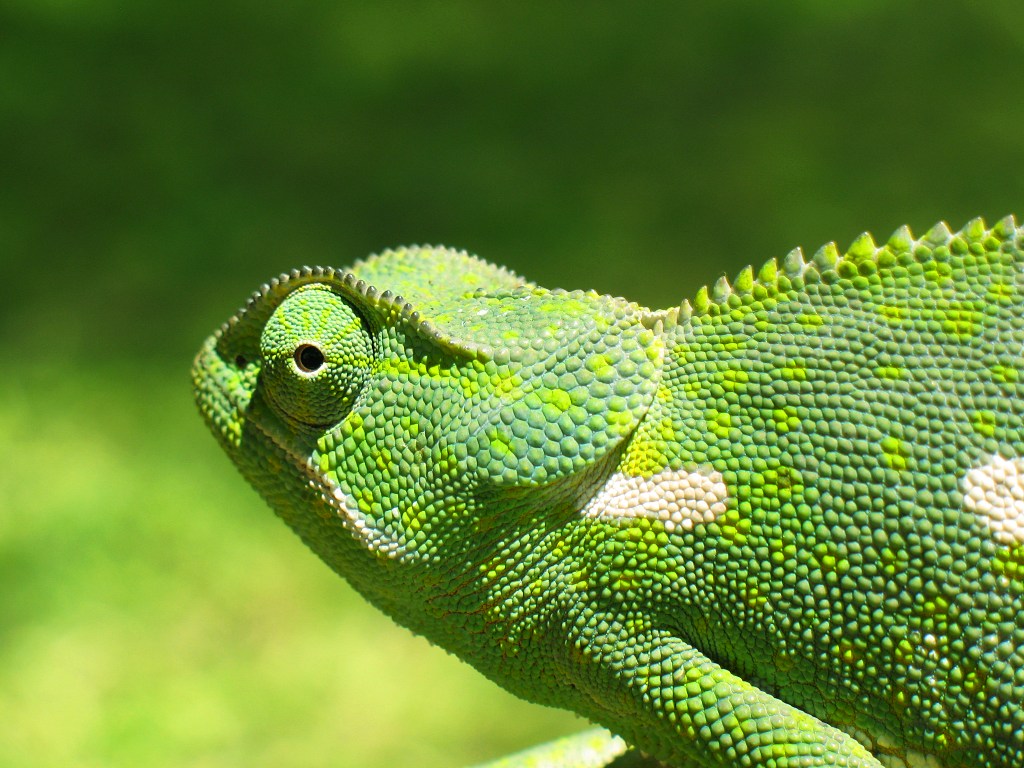There are over 180 different species of chameleons, some of which are capable of changing their skin colour for uses including social signalling, temperature control and camouflage. This week, research from the University of Geneva published in Nature Communications has revealed how this colour change occurs.

Colour in the chameleon skin occurs either as a result of high pigmentation density (for warm or dark colours) or due to light bouncing from physical elements (for ‘structural colours’ such as bright blue). It was known less extreme change colour changes such as a change from light to dark involves a mechanism of shifting the pigmentation of the skin but before this study the mechanism causing more extreme colour changes was unclear.
The team monitored the colour changes in the Panther chameleon and found they could not be explained by pigments available in the skin alone. Instead, using electron microscopy, the team revealed that inside the iridophore cells were crystals arranged in a regular pattern suitable for the creation of structural colour. Furthermore, changes in crystal structure corresponded to changes in the skin colour of the chameleon.
Additionally the study revealed that the chameleon iridophores were split into two layers, the first is specialised in colour change and the second reflects near infrared light and is hypothesised to have a cooling effect. a feature of the chameleons which the lead author Professor Michel Milinkovitch described as ‘completely new in evolution’.